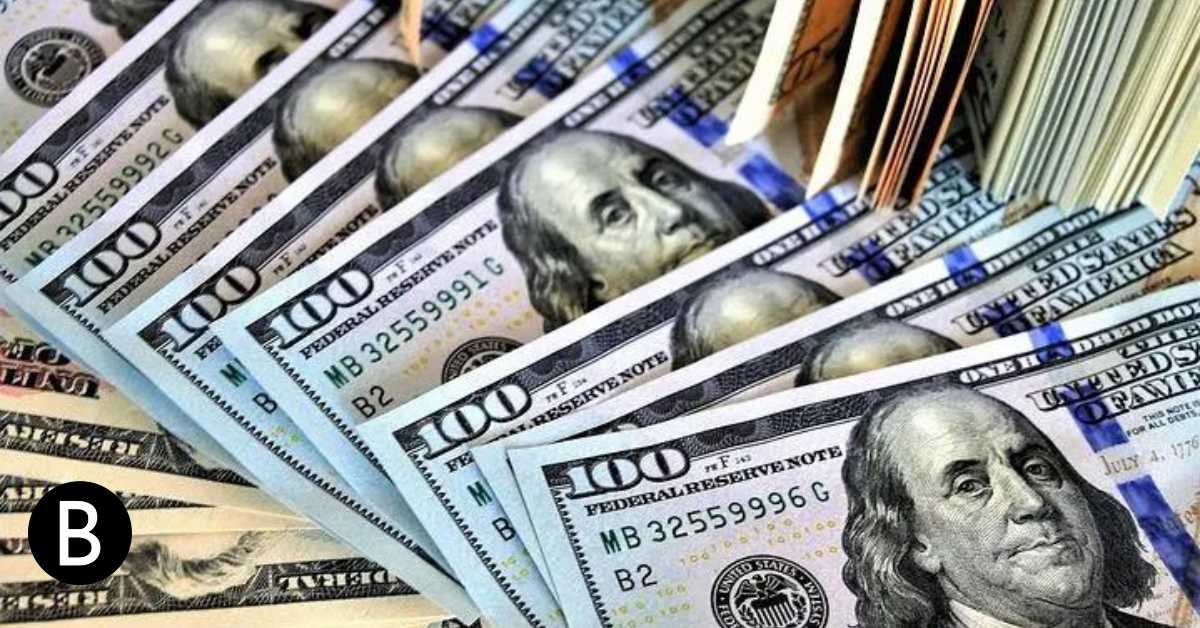Most people who have ever experienced a lack of money have posed this question at some point: Isn’t it a nice and easy solution for any government to decide to print money for the citizens to solve the money problem?
At first sight, perhaps the issue is a lack of valuable paper. Do people have issues with paper or printing, though? But perhaps the printing machines are the issue? Absolutely not.
Is printing money limited?
Technically, producing money that is relevant to the country is not limited in any way. The costs associated with producing coins and banknotes are incredibly minimal.
For instance, the USA needs 4.9 cents to print one dollar, and 12.3 cents to print one hundred dollars.
Furthermore, the majority of money (90 percent in the USA) solely exists digitally in banks, with no physical notes.
As a result, the banks evaluate factors such as inflation, currency exchange rates, and unemployment when deciding how much money to provide.
So, what is the matter?
Everything is somewhat more challenging, but let us explain it simply. A country’s supply of the items required for human survival is limited. Giving money to the merchant in exchange for products allows you to purchase them.
The cost of printing money would be more than the cost of ready products, hence the government cannot afford to do so.
If we have more money, there will be more money available for a given good. It implies that the cost of this item will go up.
As a result, the more items there are in the country, the more money there should be.
Nevertheless, when money is created instead of commodities produced, inflation sets in, which is defined as an increase in the overall price level of goods and services.
This means that over time, a certain amount of money will be able to purchase fewer items than before since the value of money is reduced. Annual inflation is measured in percent.
In Europe, inflation ranges from 5 to 15%, while in the African republic of Zimbabwe, it reaches hundreds of percent annually.
They must spend millions for a loaf of bread, and when they go to a restaurant to pay their bill, they must bring a huge container full of cash.
Although the amount is little in comparison to what they must pay, the box weighs several kilos.
As follows, the more goods and services there are, the more money is required for their exchange. Nonetheless, there are some loose ends in their connection.
Every currency is accepted in several exchanges each year, thus the total amount of money required to complete all of them is less than the total cost of the commodities and services.
Due to the growth of the financial sector and the appearance of new banking and financial technologies, the pace at which each currency participates in exchange might alter over time.
Moreover, the money might simply be saved. People save money at home, in the bank, or in real estate, which causes an increase in the amount of money needed.
As a result, if we are printing money in an excessive amount, inflation will rise and incomes, pensions, and savings would lose value.
What happens if a government prints money for the citizens?
Another explanation for why printing money for the citizens is not a good idea for the government is that if a nation gave everyone as much money as they want, nobody would want to work.
Instead, everyone would prefer to stay at home and the nation and all its settlements would cease to exist.
As money is only dead paper, each currency is given a predetermined proportion of the gold reserve, mineral oil, and other reserves.
But, since money is just a piece of paper, if more money is printed, this percentage will decrease.
Maintaining this decent correlation is difficult because there is always the temptation to create more money, which is not evident in economics.
Governments found a solution to this issue by tying money to gold instead of to products many years ago.
One may enter a bank, deposit some cash, and withdraw some gold. As well, we are aware that there is only a limited amount of gold on Earth.
So, it was a financial cap that was based on actual laws rather than one that people dreamed up.
Yet, throughout the years 1929–1939, neither the money restriction nor the restricted supply of gold was sufficient. Deflation, bank crises, bankruptcies, unemployment, and a decline in the standard of living in the USA and Europe were the results of everything.
In any case, several nations began creating money without any oversight following the World Wars, and by the middle of the XXth century, everyone had rejected the gold standard.
It was appropriate to abandon utilizing the gold standard when new fields, like space or electronics, emerged. Yet, their actions also caused inflation.
The final thing to consider why printing money is not an option is the fact that most countries typically have enough money. Yet, most of them are in the financial division of commercial banks.
And even if the government prints more money, the people will not notice it. They can certainly take additional credits from this sum, but it will not be a major deal.
It is fascinating to consider the argument that if the government prints more money for us, we would spend it all, take credit for it, and our descendants will have to pay for it.
Hence, keep in mind that making an impulsive decision to boost your income will not necessarily make you wealthy.

Leave a Reply